Fabaceae > Gleditsia (Locust)
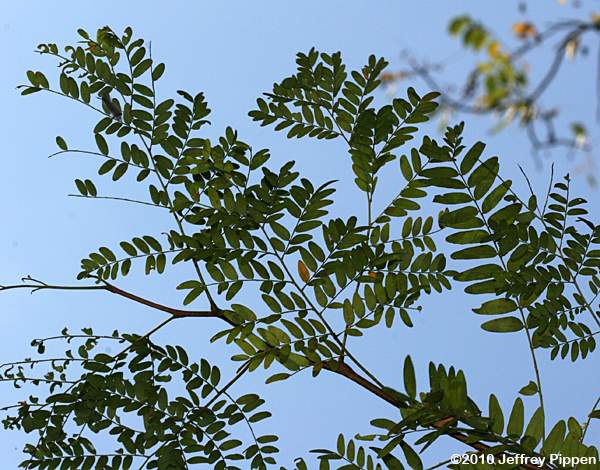
Near a creek in Orange Co., NC
18 Sep 2010
Uncommon in NC, the native range of this taxon is somewhat obscure. Usually found along creeks and in bottomlands but thornless cultivars are often planted along streets and in parking lots, etc.
Leaves are once to twice compound, often on the same tree.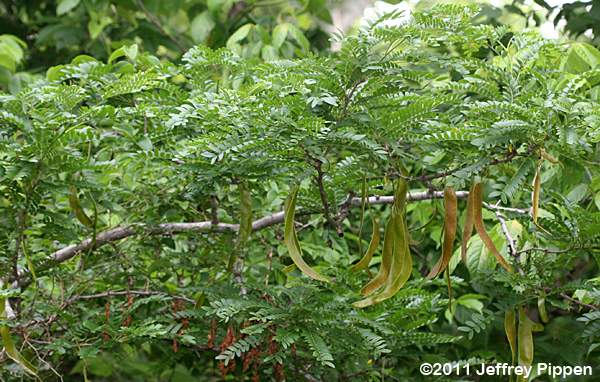
Near a creek in Orange Co., NC
5 June 2011
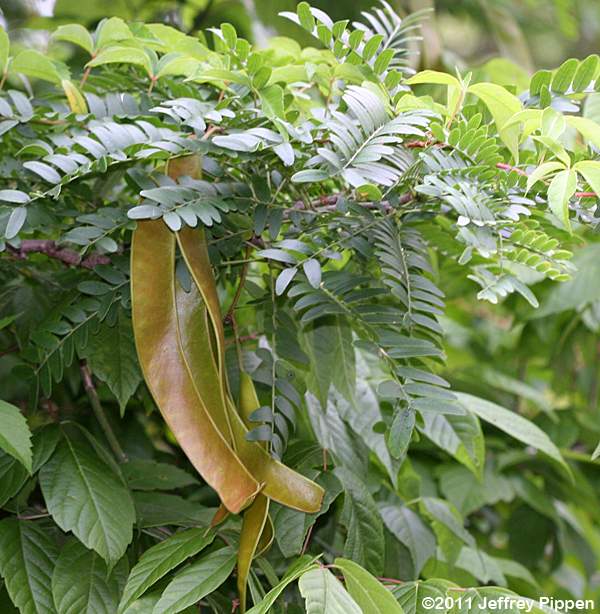
Near a creek in Orange Co., NC
5 June 2011
Fruits are fairly large and curved or twisted. When ripe they turn very dark brown and the pulp around the seeds is said to be somewhat sweet, hence the common name.
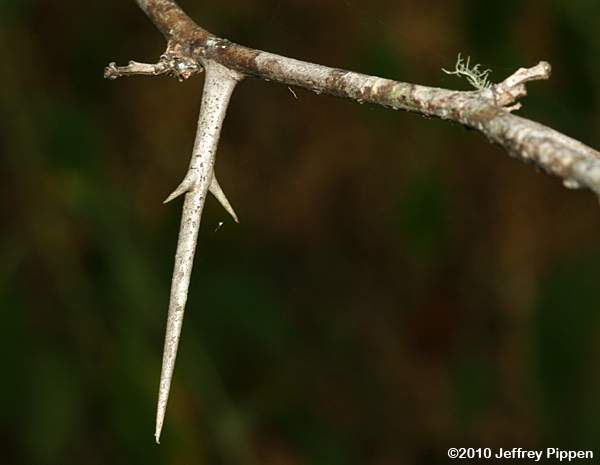
Near a creek in Orange Co., NC
18 Sep 2010
The scientific name "triacanthos" refers to thorns that are 3-parted.
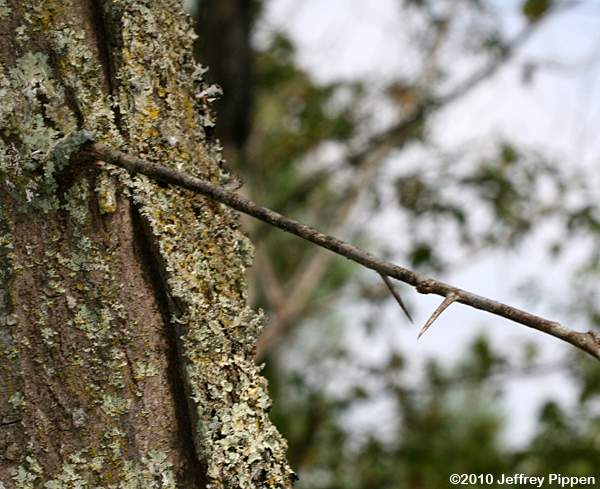
Near a creek in Orange Co., NC
18 Sep 2010
Epicormic branches and clusters of thorns are often found low on the trunks of large trees.

Near a creek in Orange Co., NC
18 Sep 2010
Bark on older trees splits into long plates.